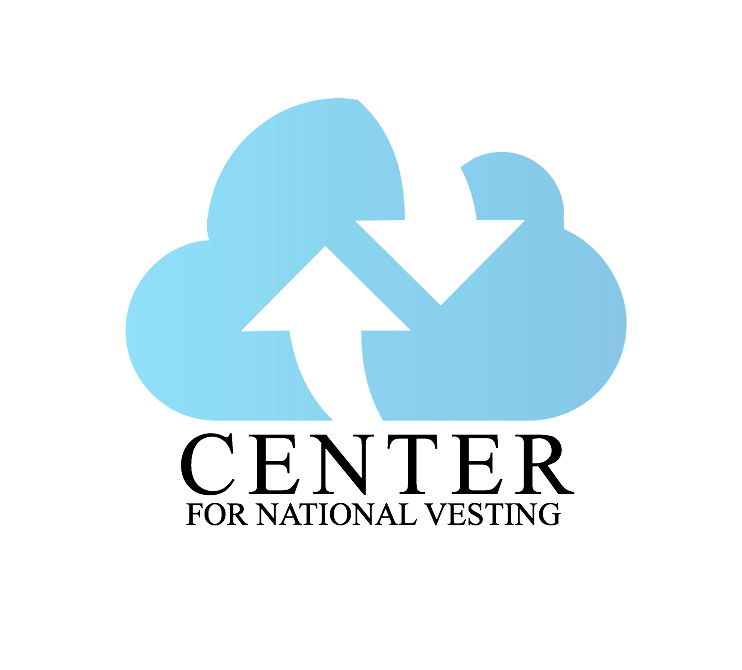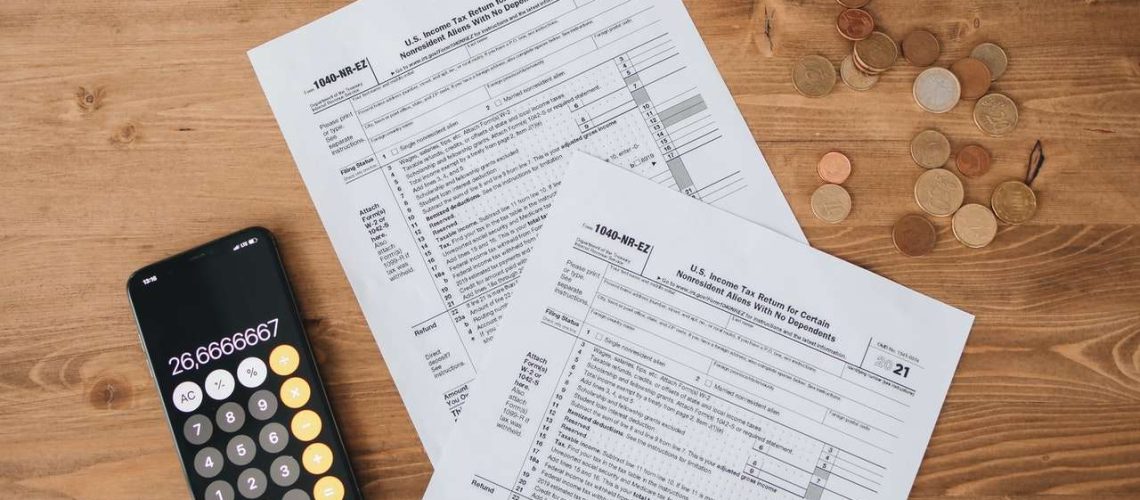The Biden tax plan is a good start, but vested economics could decrease the tax burden
The Biden administration tax plan unveiled earlier this month attempts to provide some measure of relief for average Americans who are overtaxed and overburdened.
Let’s take a quick look: The plan’s main feature calls for raising the corporate tax rate to 28 percent from the current 21 percent.
“Right now, the U.S. raises less corporate tax revenue as a share of economic output than almost all other advanced economies, according to the Organization for Economic Cooperation and Development,” noted a story in The New York Times.
Perhaps even more maddening is a passage in the story that states that “…many large companies pay far less than the current tax rate of 21 percent — and sometimes nothing.” The piece notes that tax provisions allow many firms to reduce their liability through various means – deductions, exemption, and offshoring to name a few.
Now, is that fair? We say, unequivocally, “No.” In 2017, the top 50 percent of all taxpayers paid roughly 97 percent of all individual income taxes while the bottom 50 percent paid the remaining 3 percent, according to the Tax Foundation.
So, while it’s heartening that administration officials say more than $2 trillion can be raised in tax revenues in the next decade and beyond, there is no guarantee that the plan will pass. And even if it does pass, will it make a lasting impact?
We think there’s a better way. Vested economics, a system proposed by the Center for National Vesting, makes it possible to decrease the tax burden for every American.
Fully 70 percent of our economy depends on retail sales. The retail market, and our economy, cannot survive without consumer spending. In a vested economy, it is possible to reduce the tax burden on individuals and businesses, while still increasing pay, benefits, and educational opportunities.
Ultimately, the more money available to consumers helps increase the retail spending activity of those consumers. And that becomes a win-win situation for both consumers and businesses.

